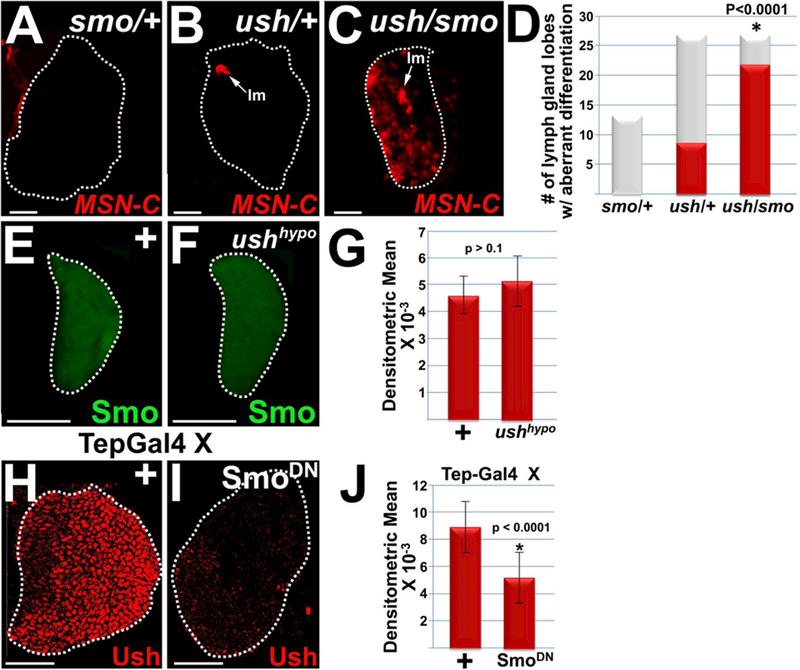Figure 1. Smo acts with Ush to block lamellocyte differentiation and is required to maintain Ush expression levels.

(A–D) Smo acts with Ush to block lamellocyte (lm) differentiation. Lymph glands from (C) ush/smo double heterozgyotes had significantly increased numbers of lymph gland lobes with lamellocyte differentiation compared to either (A) smo heterozygotes or (B) ush heterozygotes. Lamellocytes were detected using the MSN-C reporter and are marked with arrows. (D) Histogram showing the results of the statistical analyses. Chi-square test; P value is as shown; smo (n=214); ush and ush/smo (n= 26). (E–G) Loss of Ush function has no effect on Smo expression. Smo expression in (F) ushvx22/r24 {ush hypomorphs) was assessed and compared to (E) wild-type controls (+). (G) Histogram showing the results of the statistical analyses. Student’s t-test; error bars show standard deviation; P values are as shown; control and ush hypomorphs (n = 15). (H–J) Loss of Smo function (SmoDN) significantly reduced Ush levels compared to controls (+). Tep-Gal4 females were crossed to control (+) males or males that carry UAS-smoDN. (J) Histogram showing the results of the statistical analyses. Student’s t-test; error bars show standard deviation; P values are as shown; control and SmoDN (n=18). White dotted lines delineate the entire lymph gland. Scale bars: panels A–C, 100 pm; remaining panels, 50 μm. Panels A–D, late-third instar larvae; panels E–J, mid-third instar larvae.
